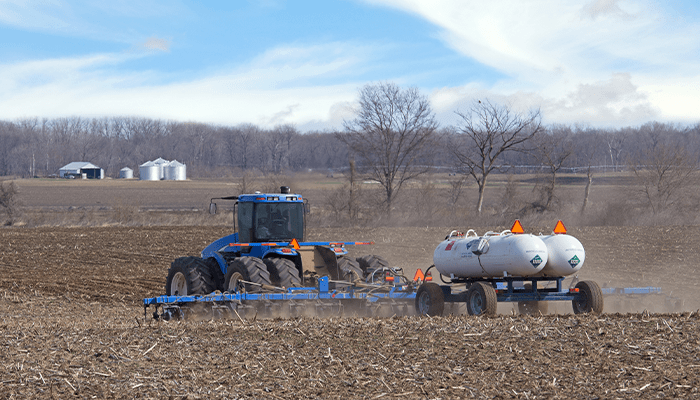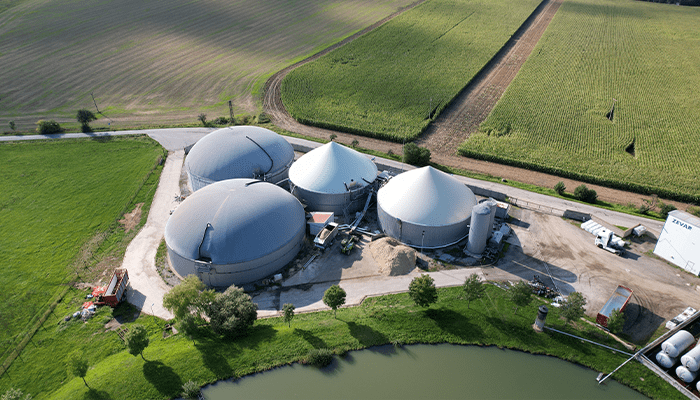
Grain Bin Safety Requires Year-Round Effort
It’s well known known that working in and around grain bins is dangerous. In 2020, there were 64 documented agricultural-confined space-related cases, including 35 grain-related entrapments and 12 equipment entanglements, according to a report by Purdue University’s Agricultural and Biological Engineering Department.
Grain bin entrapment is the most often identified hazard, but equipment handling, collapsing bins, fires, toxic fumes, and ladders are among the other equally hazardous situations that pose serious risks to worker safety. Regardless of the season, grain bin safety must be a year-round effort.
With any safety initiative, it’s essential to identify and understand all potential hazards.
- Flowing grain, bridged grain, and crusted grain are all conditions that require careful handling.
- Grain dust creates a toxic atmosphere and can also lead to fires and exposures.
- Augers present serious entanglement and amputation hazards.
- Frayed electrical cords, broken electrical conduits, and open or rusted breaker boxes can increase the risk of fire or electrocution.
- Significant injuries can also occur from falls.
The University of Minnesota Extension provides the following safety precautions to prevent grain-related incidents.
Work from outside of the bin.
- Use a pole to break up bridged or crusted grain. When using a pole, check to see that it doesn’t come into contact with electrical lines.
- Restrict access to bins, locking doors to prevent unauthorized access.
- Bin entry should only be done by trained workers following safe procedures.
Create a safe environment.
- Conduct regular training to all workers on the risks and safety precautions.
- Ensure all employees understand how to activate the emergency rescue plan.
- Shut down and lock out all equipment.
- All power sources should be turned off when not in use.
- Ensure all equipment is in proper working order through regular maintenance and inspection.
- When using a ladder, keep three points of contact to help prevent falls when going up or down bin ladders.
If you need to enter the bin, use proper safety precautions.
- Before entering, always conduct a visual inspection of the grain bin or storage area.
- Turn off and lock out all powered equipment associated with the bin, including augers used to help move the grain, so that the grain is not being emptied or moving out or into the bin.
- Test the air within a bin or silo before entry for the presence of combustible and toxic gases and to determine if there is sufficient oxygen.
- Anyone working in a grain bin should wear an appropriate dust filter or filter respirator.
- Never enter alone, have at least one other person in a safe position watching you and there to help in case something goes wrong.
- Use fall restraint equipment and make sure it is properly anchored.
- Don’t allow someone who has not been trained to enter a bin.
To raise awareness of the dangers and highlight the importance of implementing and following safe work procedures, Grain Bin Safety Week is observed annually during the third week of February. Contact the AssuredPartners Agribusiness team for additional safety resources and information on protecting your operations.
Featured News & Insights

Nitrogen is the cornerstone of crop production, vital to plant health and growth. However, one of the most efficient yet challenging sources of nitrogen is anhydrous ammonia (NH3). While NH3 is an...

Carbon credits as a concept have been around for years, offering both environmental and economic opportunities for the agriculture sector. With sustainable practices taking center stage, it's...

The outlook for the U.S. poultry market is promising as demand remains high, flock populations have recovered, and market prices are expected to increase, according to the USDA’s August 2024...